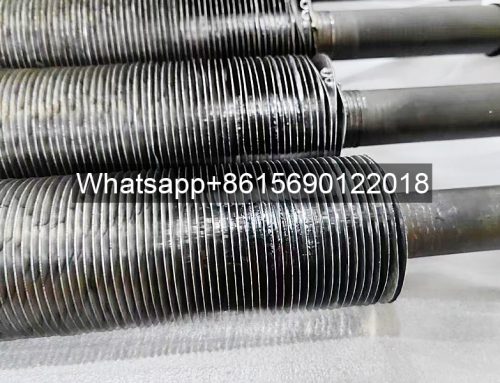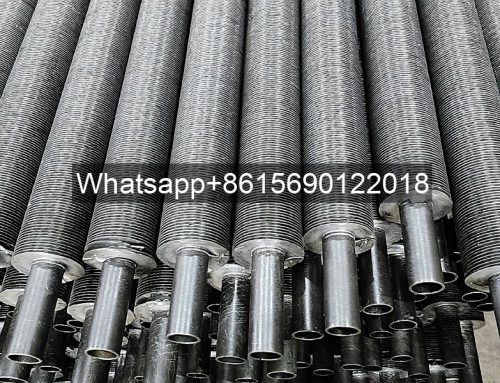Project Description

- Product Name: Industrial G Type Finned Tube Aluminum Fin Alloy Seamless Welded Pipe | Embedded Fin Tube
- Leave Your Message
Here is the professional introduce of the provided content on industrial G-fin tubes (embedded aluminum finned alloy seamless welded tubes):
Overview of Industrial G-Type Finned Tubes with Aluminum Fins on Alloy Seamless Welded Base Tubes
The G-type finned tube (also known as embedded or inlaid finned tube) is a high-efficiency heat exchange element specifically designed to enhance industrial heat transfer. By embedding aluminum fins onto the outer surface of a base tube, it significantly increases the heat dissipation area and improves thermal performance, making it widely suitable for high-temperature, high-pressure industrial environments. Below is a summary of its core features and applications:
-
Structure and Design Principle
The G-type finned tube consists of two core components: the base tube and the fins.- Base Tube: Typically seamless steel pipe (e.g., carbon steel, alloy steel, or stainless steel) ensures pressure-bearing strength and temperature resistance (operating temperature range usually covers -40°C to 350°C). The seamless design eliminates weld weaknesses, making it ideal for high-pressure fluid transport.
- Fins: Made of aluminum or aluminum alloy (purity ≥99.5%) for its high thermal conductivity (~237 W/(m·K)) and lightweight properties, enabling rapid heat dissipation. Fins are mechanically embedded into precision-cut grooves on the base tube, forming a metallurgical bond that eliminates interfacial thermal resistance.
- Typical Parameters: Base tube diameter: Φ14-51 mm; Fin height: customizable (e.g., 15 mm); Fin spacing: optimized at 2-5 mm to balance heat dissipation efficiency and anti-fouling performance.
-
Manufacturing Process
- The process begins with mechanical grooving of the base tube’s outer surface (using tungsten carbide tools). Aluminum fins are then pressed into the grooves and secured, achieving a molecular-level bond.
- High-frequency welding (150-450 kHz current) is optionally applied to ensure robust fusion between fins and base tube. Joint strength exceeds 150 MPa, reducing thermal resistance by >60% and avoiding performance degradation typical of traditional brazing.
- The embedded design provides superior vibration resistance, suitable for high-velocity fluids or harsh operating conditions.
-
Performance Advantages
- Enhanced Heat Transfer: Aluminum fins expand the heat dissipation area by 5-8 times, increasing the heat transfer coefficient by 15%-20%, especially effective in waste heat recovery systems.
- Corrosion Resistance & Durability: Anodized aluminum fin surfaces enhance corrosion resistance, extending equipment lifespan. Seamless base tubes offer pressure tolerance >2.5 MPa.
- Energy Efficiency & Eco-Friendliness: High thermal efficiency reduces energy consumption. Customizable parameters (e.g., tube diameter, fin shape) adapt to diverse industrial needs.
-
Application Fields
G-type finned tubes are primarily used in the following industrial scenarios:- Heat Exchange Equipment: Air coolers, air heaters, economizers—applied in petroleum, chemical, and power industries for heat recovery.
- High-Temperature Systems: Gas turbine heat exchangers, steam condensers, industrial drying equipment—withstanding fluid temperatures up to 350°C.7Custom Solutions: Material combinations (e.g., aluminum fins + stainless steel seamless base tube) can be tailored for nuclear power plants or waste incineration facilities.
Selection Recommendations
Prioritize products using high-frequency welding and embedded technology to ensure fin joint strength. Seamless steel base tubes are recommended for pressure stability. Aluminum fin material should match medium corrosivity requirements. Leading suppliers include custom manufacturers (e.g., Henan Longhui Radiator), offering parameter optimization services.





